Horses, like humans, can suffer from allergic reactions to various environmental factors, dietary components, and even topical products. These majestic animals may develop symptoms ranging from mild skin irritations to severe respiratory issues that can significantly impact their quality of life and performance capabilities. Understanding why certain horses are more susceptible to allergies than others involves examining a complex interplay of genetic predispositions, environmental influences, and management practices. For horse owners and caretakers, recognizing the signs of allergies early and implementing appropriate management strategies is crucial for maintaining their equine companions’ health and well-being. This article explores the factors that make some horses more allergy-prone and provides comprehensive guidance on managing these conditions effectively.
Genetic Factors Contributing to Equine Allergies
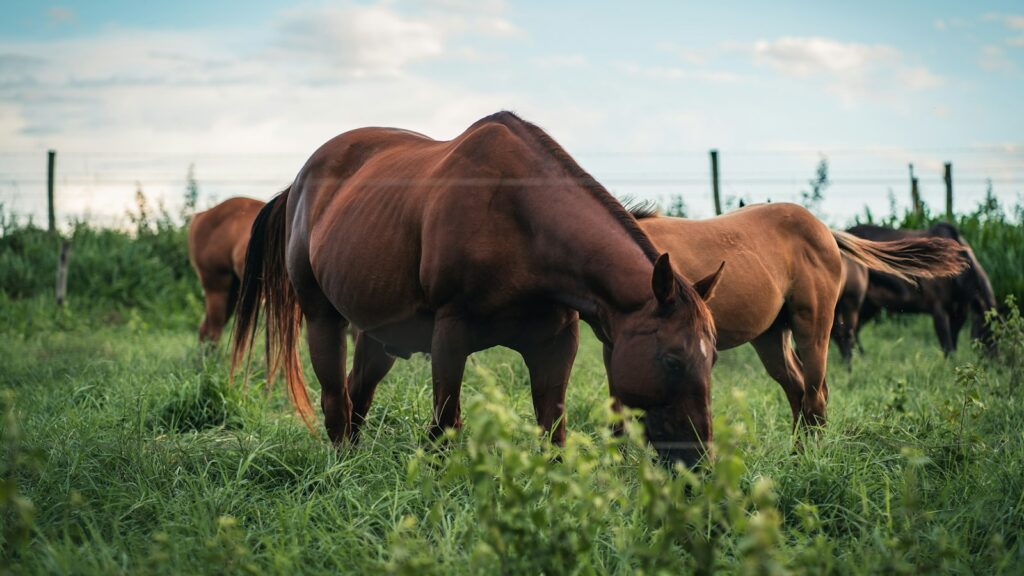
Horses, like many other species, can inherit a predisposition to allergic conditions from their parents, making genetics a significant factor in determining which horses might develop allergies during their lifetime. Certain breeds, including Thoroughbreds, Arabians, Warmbloods, and Quarter Horses, have shown higher susceptibility to allergic conditions such as recurrent airway obstruction (RAO) and insect bite hypersensitivity. This genetic tendency, known as atopy, affects how a horse’s immune system responds to otherwise harmless substances in the environment. Research has found that allergic tendencies can run in bloodlines, with offspring of affected horses having a significantly higher risk of developing similar allergic responses. Understanding your horse’s genetic background and family health history can provide valuable insights into potential allergy risks and inform proactive management strategies.
Common Allergens Affecting Horses

Horses can react to a remarkably diverse range of allergens present in their environment, feed, and care products. Environmental allergens include dust, mold spores, pollen, and various grasses or weeds that release airborne particles, particularly problematic during certain seasons. Insect allergens, especially from Culicoides midges (no-see-ums), mosquitoes, and stable flies, represent another major category that can cause severe skin reactions in sensitive horses. Dietary allergens may include certain grains, supplements, or preservatives found in commercial feeds, while contact allergens can come from topical medications, fly sprays, shampoos, or even the materials used in tack and blankets. Less commonly, horses may develop allergic reactions to medications, particularly antibiotics or certain dewormers administered over time. Identifying the specific allergen affecting a horse often requires careful observation of when symptoms appear and potentially specialized allergy testing by a veterinarian.
Respiratory Allergies in Horses
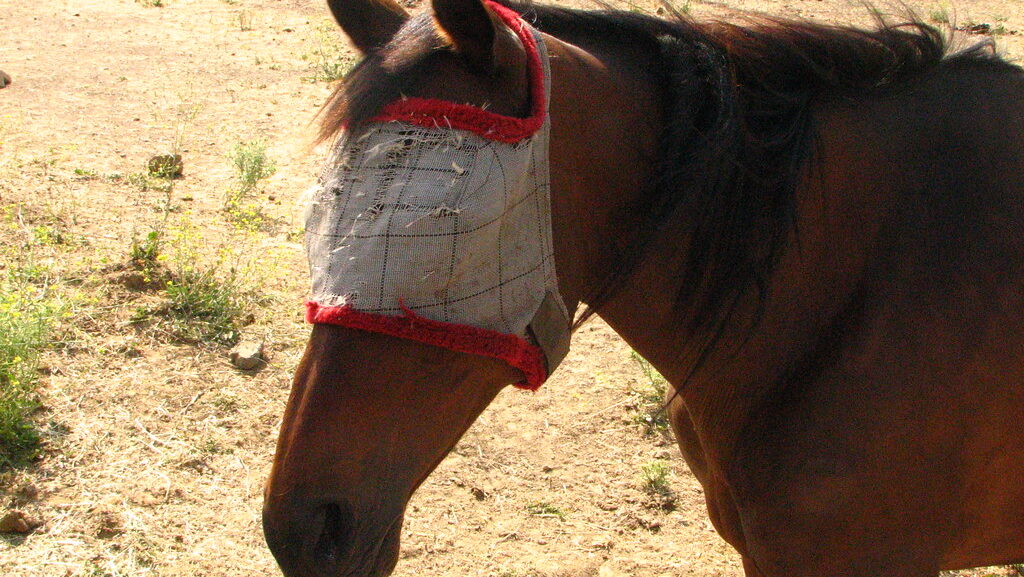
Respiratory allergies represent some of the most debilitating allergic conditions in horses, significantly impacting their athletic ability and quality of life. Conditions like Recurrent Airway Obstruction (RAO), formerly known as heaves, and Inflammatory Airway Disease (IAD) occur when horses react to inhaled allergens, causing inflammation and narrowing of the airways. Affected horses typically exhibit symptoms such as chronic coughing, increased respiratory effort, nasal discharge, and exercise intolerance, with severe cases developing a characteristic “heave line” along the abdomen from increased abdominal breathing. These conditions tend to worsen in environments with poor ventilation or when horses are exposed to dusty hay, straw bedding, or moldy feed. Environmental management forms the cornerstone of treatment, with many affected horses showing dramatic improvement when moved from enclosed stables to pasture living or when provided with low-dust alternatives for bedding and feed. Medical interventions, including bronchodilators and corticosteroids, may be necessary for horses with significant airway inflammation or during acute episodes.
Skin Allergies and Dermatitis Conditions

Skin allergies manifest as one of the most visible and uncomfortable allergic reactions in horses, often causing persistent itching that can lead to self-trauma and secondary infections. The most common skin allergy is insect bite hypersensitivity (IBH), also known as sweet itch or summer eczema, which primarily results from sensitivity to proteins in the saliva of biting insects, particularly Culicoides midges. Affected horses typically develop intense itching and hair loss along the mane, tail base, face, and midline of the belly, areas where these insects preferentially feed. Contact dermatitis represents another form of skin allergy, occurring when the horse’s skin reacts to direct contact with irritants or allergens in grooming products, bedding materials, or even certain types of tack. Hives (urticaria) present as raised, circular welts that can appear suddenly anywhere on the body, often in response to medications, insect bites, or environmental triggers. Proper diagnosis of skin allergies frequently requires veterinary evaluation through intradermal testing, serum testing, or elimination trials to identify the specific triggers causing the reaction.
Seasonal Allergy Patterns in Horses
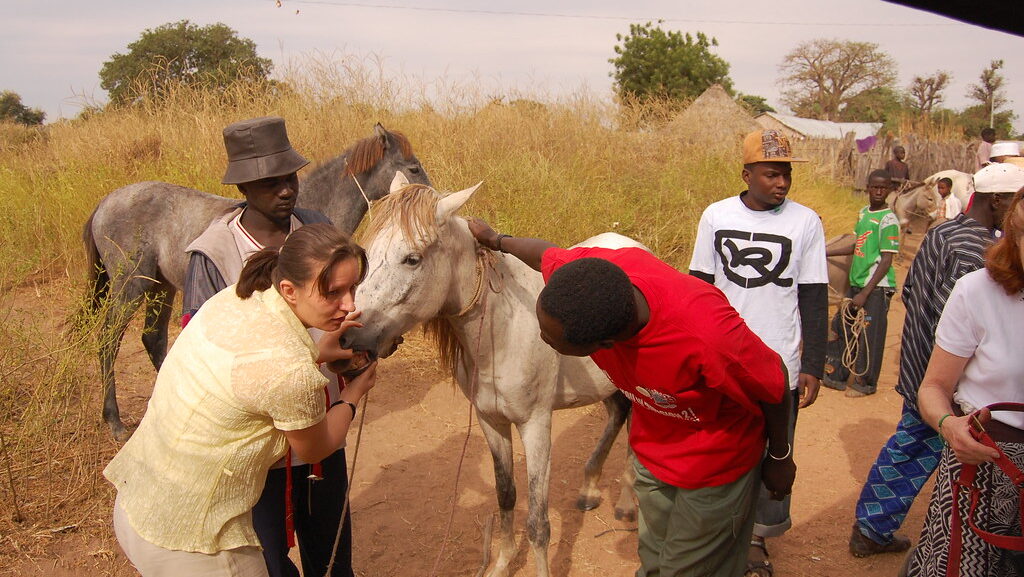
Many equine allergies follow distinct seasonal patterns, providing crucial clues for diagnosis and management strategies throughout the year. Spring and early summer typically bring pollen-related allergies as trees, grasses, and flowers release their reproductive particles into the air, potentially triggering respiratory symptoms and skin reactions in sensitive horses. The warmer months of summer and early fall often see a peak in insect-related allergies, particularly sweet itch, as biting midges and other insects reach their highest population levels during this period. Fall can introduce a different set of allergens as molds proliferate on decaying vegetation, while the closed environments of winter stabling may exacerbate dust and mold allergies for horses kept indoors. Keeping detailed records of when symptoms appear or worsen throughout the year can help establish connections between specific environmental conditions and allergic reactions. This seasonal awareness allows owners to implement targeted preventive measures before symptom onset, such as using fly sheets before insect season or adjusting feeding and housing practices ahead of predictable allergy periods.
Diagnosing Allergies in Horses

Accurately diagnosing allergies in horses typically requires a methodical approach combining clinical observation with specialized testing procedures. The diagnostic process usually begins with a comprehensive veterinary examination and detailed history taking, where patterns of symptoms, their timing, and potential environmental or dietary changes are carefully documented. Intradermal skin testing represents one of the most direct diagnostic methods, involving the injection of small amounts of suspected allergens under the horse’s skin to observe for localized reactions, though this requires specialized equipment and expertise to perform and interpret correctly. Serum allergy testing offers an alternative by measuring levels of allergen-specific antibodies in the horse’s blood, with samples sent to specialized laboratories for analysis. Elimination trials provide a practical diagnostic approach by systematically removing potential allergens from the horse’s environment or diet and monitoring for improvement, followed by controlled reintroduction to confirm the trigger. Advanced diagnostics for respiratory allergies may include endoscopy, bronchoalveolar lavage, or pulmonary function testing to assess airway inflammation and reactivity in cases where respiratory symptoms predominate.
Environmental Management Strategies

Environmental modifications form the cornerstone of managing allergies in horses, often providing significant relief without medication. For horses with respiratory allergies, maximizing ventilation in barns through open designs, added windows, or mechanical ventilation systems significantly reduces exposure to airborne allergens that accumulate in enclosed spaces. Dust control measures, such as wetting down arena surfaces before riding, using low-dust bedding alternatives like paper or cardboard, and avoiding sweeping when horses are present, can dramatically decrease particulate matter in the horse’s breathing zone. Pasture management plays a crucial role, particularly for horses with insect sensitivities, by providing access to open, breezy areas away from wooded edges, standing water, or damp areas where biting insects breed and congregate. Strategic turnout schedules that avoid peak pollen times (typically midday) and peak insect activity (dawn and dusk) can further reduce allergen exposure for sensitive horses. For horses with severe environmental allergies, complete habitat modification might be necessary, potentially involving relocation to different geographical regions with fewer relevant allergens or conversion to systems that minimize exposure, such as pasture-based living for dust-sensitive horses.
Dietary Considerations for Allergic Horses

Dietary management represents a crucial aspect of caring for horses with allergies, both in addressing food-related allergies and supporting overall immune function. Food allergies, though less common than environmental allergies, can cause digestive disturbances, hives, or exacerbate existing allergic conditions, requiring careful elimination trials to identify problem ingredients like specific grains, additives, or preservatives. Horses with respiratory allergies benefit from low-dust feeding practices, such as thoroughly soaking hay to reduce respirable particles or switching to alternatives like haylage, complete feed cubes, or hydroponic forage that generate significantly less dust during handling and consumption. Nutritional support for the allergic horse often includes supplementation with omega-3 fatty acids, which have natural anti-inflammatory properties that may help modulate the immune response and reduce the severity of allergic reactions over time. Some horses show improvement with the addition of other supplements that support immune function and skin health, including vitamin E, MSM (methylsulfonylmethane), or specialized herbal blends, though scientific evidence for many of these remains limited. Working with an equine nutritionist can help develop a balanced, hypoallergenic diet tailored to the individual horse’s nutritional needs while avoiding problematic ingredients.
Physical Barriers and Protection Methods

Physical protective measures provide a direct defense against allergens, particularly for horses suffering from insect-related or contact allergies. Full-body fly sheets with neck and belly coverage offer a physical barrier against biting insects for horses with sweet itch or other insect hypersensitivities, with some specialized products incorporating fine mesh panels specifically designed to block tiny midges. Face masks and fly bonnets protect sensitive facial areas, eyes, and ears from insects while still allowing visibility and airflow during turnout. For horses with contact allergies to environmental substances, protective boots, specialized blankets, or even skin barriers like petroleum jelly can prevent direct contact with irritating plants, bedding materials, or ground substances. Some horses benefit from specialized respiratory masks fitted with filtration systems that reduce the inhalation of allergens like dust, pollen, or mold spores during exercise or transport. These physical barriers work most effectively when appropriately fitted to the individual horse and regularly maintained, as ill-fitting equipment can cause discomfort or skin issues, while dirty or damaged barriers may fail to provide adequate protection.
Medical Treatments and Interventions
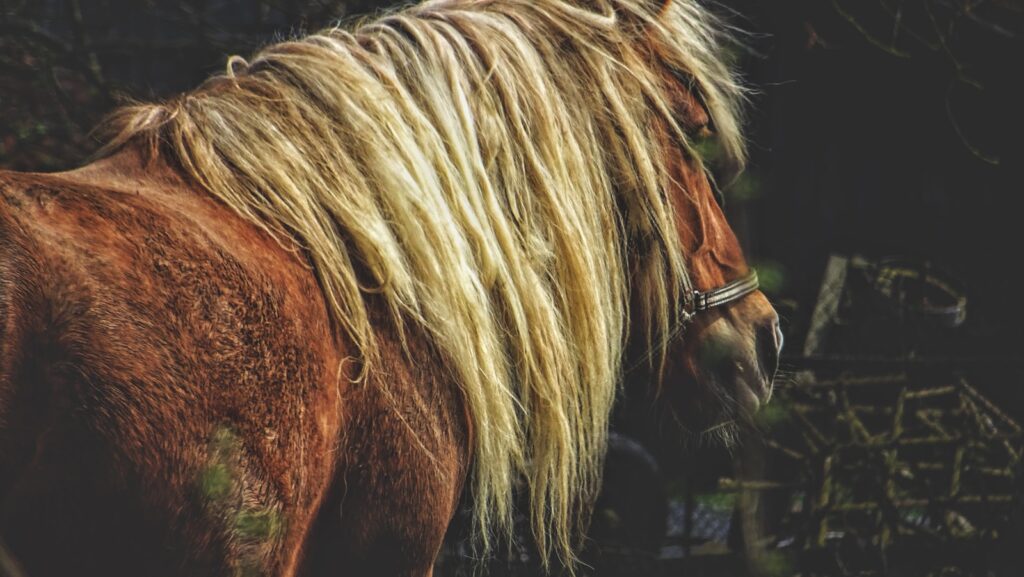
Medical treatment provides essential relief for horses experiencing significant allergic symptoms, especially when environmental management alone proves insufficient. Antihistamines, such as hydroxyzine or cetirizine, work by blocking histamine receptors to reduce allergic responses, though their effectiveness varies considerably between individual horses and they may cause drowsiness in some animals. Corticosteroids, available in oral, injectable, or inhaled formulations, provide powerful anti-inflammatory effects that can significantly reduce allergic reactions, with inhaled versions offering targeted therapy for respiratory allergies with fewer systemic side effects. For horses with severe seasonal allergies, immunotherapy (allergy shots) offers a long-term approach by gradually desensitizing the immune system to specific allergens identified through testing, potentially reducing or eliminating allergic responses over time. Bronchodilators like clenbuterol provide rapid relief for horses experiencing acute respiratory distress by relaxing the smooth muscles of the airways, though they address symptoms rather than the underlying allergic condition. Newer biological therapies targeting specific components of the allergic response pathway, such as monoclonal antibodies, represent an emerging frontier in equine allergy treatment, though these advanced options remain limited in availability and often require specialist veterinary care.
Natural Remedies and Complementary Approaches

Many horse owners explore natural and complementary approaches to managing equine allergies, either as alternatives or adjuncts to conventional treatments. Herbal preparations containing ingredients like nettle, chamomile, or echinacea have traditional uses for supporting immune function and reducing allergic reactions, though scientific evidence for their efficacy in horses remains limited. Essential oils including tea tree, lavender, or citronella are sometimes used topically (properly diluted) as natural insect repellents or to soothe irritated skin, though care must be taken as some horses may develop sensitivities to these substances themselves. Acupuncture has shown promise in some cases for modulating immune responses and reducing inflammation associated with allergic conditions, particularly when performed by veterinarians trained in Traditional Chinese Veterinary Medicine. Salt therapy (halotherapy) involves exposure to microparticles of salt in a controlled environment and has anecdotally helped some horses with respiratory allergies by potentially reducing airway inflammation and thinning mucus. While these complementary approaches may benefit some individuals, they should be approached thoughtfully, ideally under veterinary guidance, and should not delay appropriate conventional treatment for horses experiencing significant allergic symptoms.
Management During Acute Allergy Flares
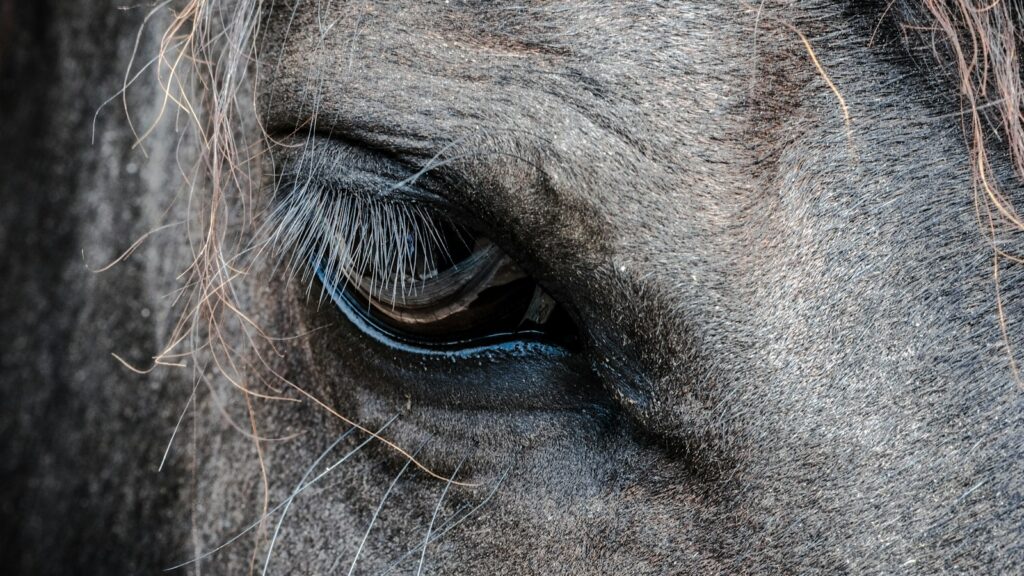
Acute allergic flares require prompt recognition and intervention to minimize suffering and prevent progression to more serious conditions. The first priority during an acute episode involves identifying and removing the trigger, if possible, which might mean relocating the horse to a different environment, changing bedding materials, or discontinuing a recently introduced feed or supplement. Immediate comfort measures such as cool water bathing for skin reactions or moving to a well-ventilated area for respiratory symptoms can provide relief while preparing more targeted interventions. Communication with your veterinarian is essential during severe flares, as they can recommend appropriate medications and dosages based on the specific symptoms and the horse’s medical history. In particularly severe cases involving significant respiratory distress, facial swelling, or systemic reactions, emergency veterinary care should be sought immediately, as these can potentially develop into life-threatening situations requiring intensive intervention. Following resolution of an acute episode, thorough documentation of the circumstances, potential triggers, symptoms, and effective treatments creates valuable information for preventing or more efficiently managing future episodes.
Long-Term Monitoring and Allergy Management Plans

Successful management of equine allergies typically requires consistent long-term monitoring and adaptive care strategies tailored to the individual horse. Maintaining detailed records of symptom patterns, environmental conditions, dietary changes, and treatment responses helps identify trends and refine management approaches over time. Regular veterinary assessments, including periodic updating of allergy testing if symptoms change or new allergies seem to develop, ensure that treatment plans remain appropriate as the horse ages and environmental conditions evolve. Creating a comprehensive written allergy management plan helps maintain consistency, especially in boarding or training situations where multiple caretakers may be involved in the horse’s daily care. This plan should outline the horse’s specific allergies, early warning signs of reactions, preventive measures, and step-by-step instructions for managing acute episodes. Seasonal preparation becomes particularly important for horses with known seasonal allergies, involving proactive implementation of protective measures before symptom onset, such as starting medications, applying fly sheets, or modifying environments in anticipation of challenging periods. With diligent monitoring and adaptable management strategies, most allergic horses can maintain a good quality of life and continued athletic function despite their sensitivities.
Conclusion
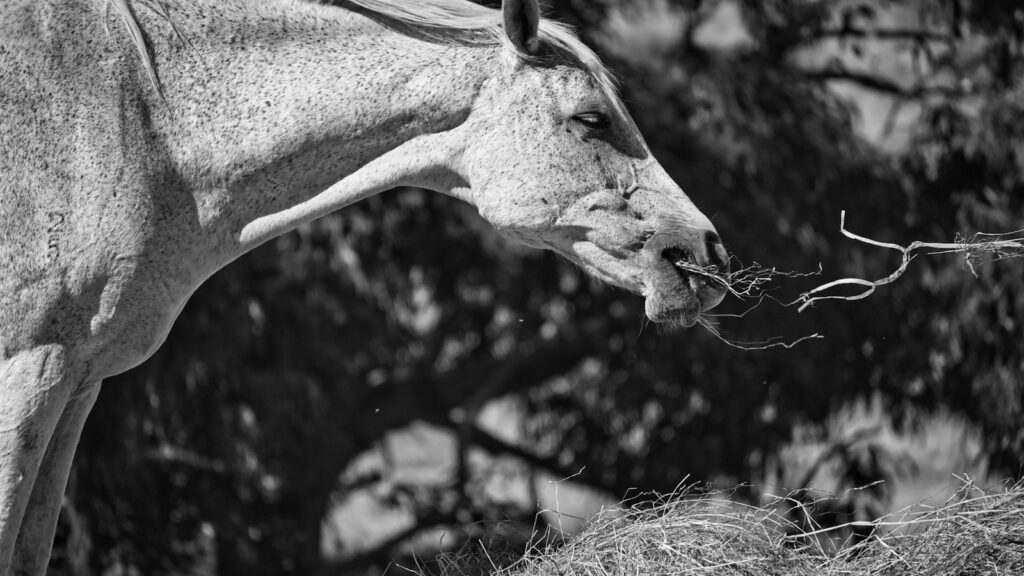
Equine allergies present complex challenges that require thoughtful, comprehensive management approaches tailored to each horse’s specific needs. While some horses may indeed be genetically predisposed to allergic conditions, understanding the underlying mechanisms and potential triggers allows owners and veterinarians to develop effective strategies for minimizing symptoms and improving quality of life. From environmental modifications and dietary adjustments to physical protection methods and medical interventions, the tools available for managing allergic horses continue to expand. With patience, careful observation, and a willingness to adapt management practices, most allergic horses can lead comfortable, productive lives despite their sensitivities. The key lies in developing an integrated approach that addresses both symptom management and trigger avoidance while remaining flexible enough to adjust as seasons change and new challenges arise.







